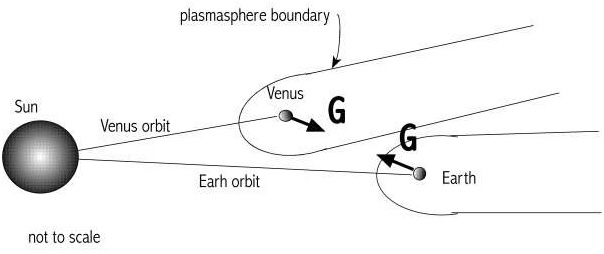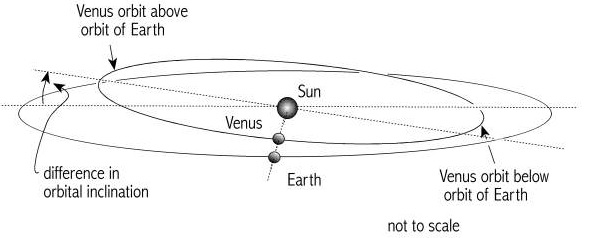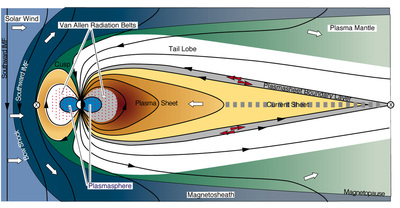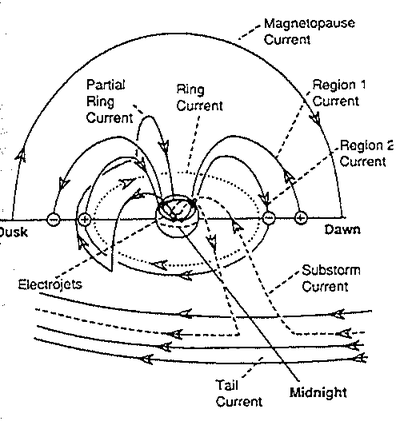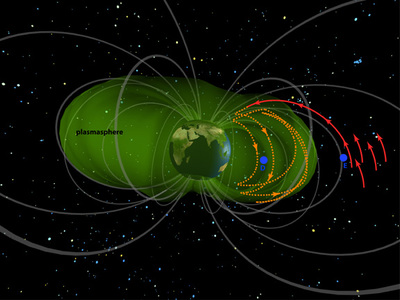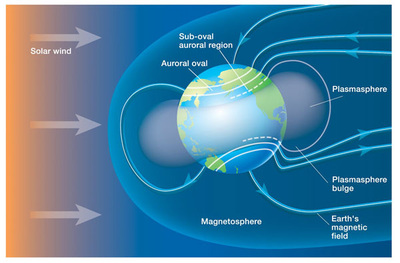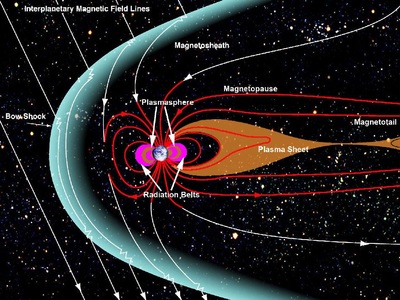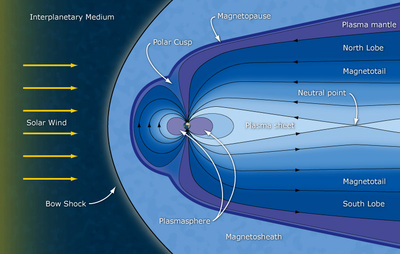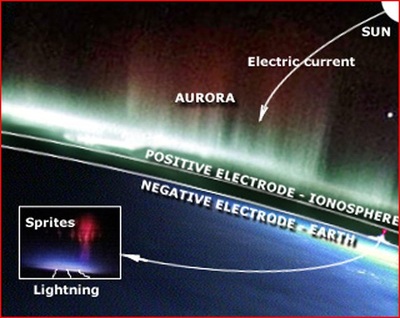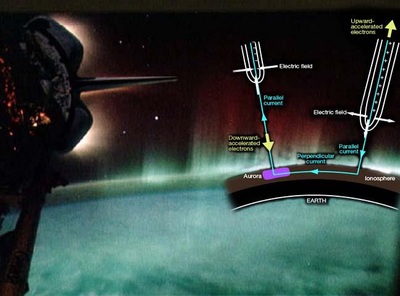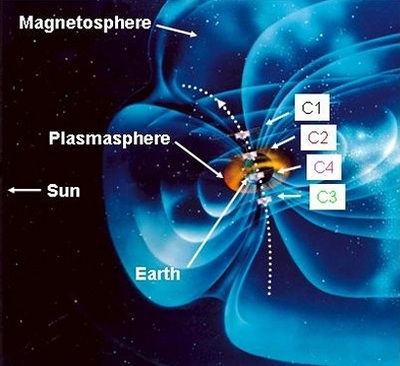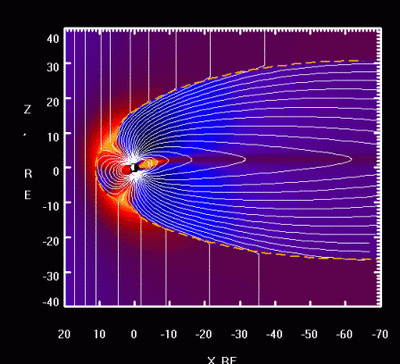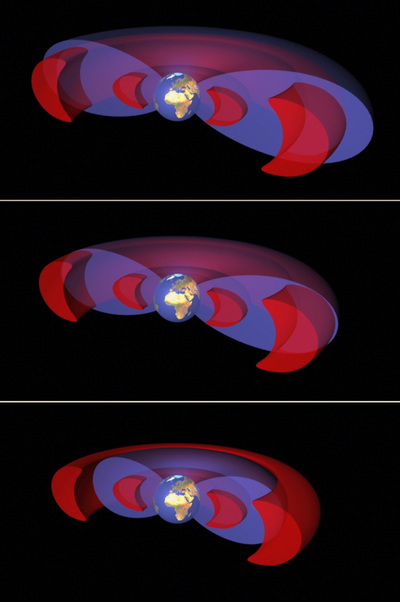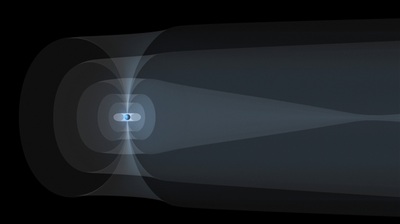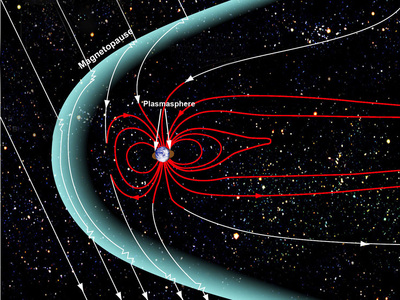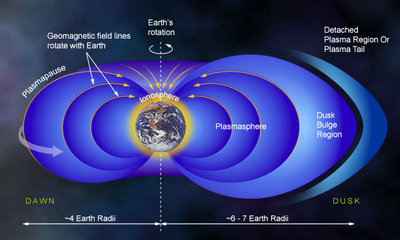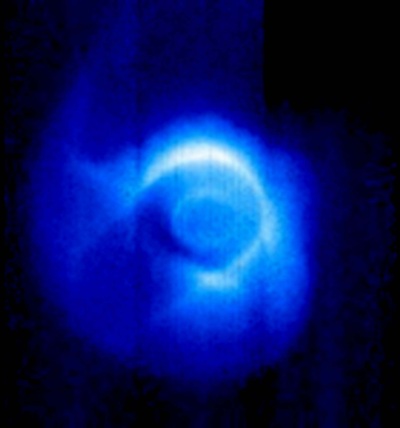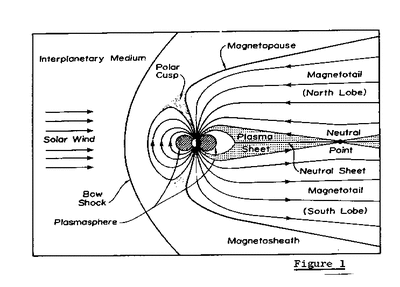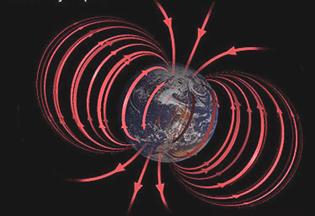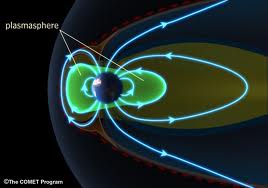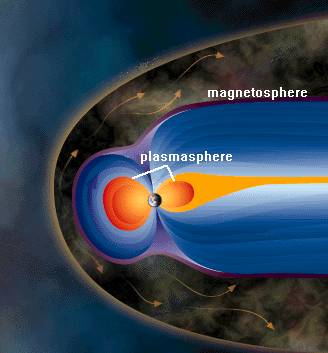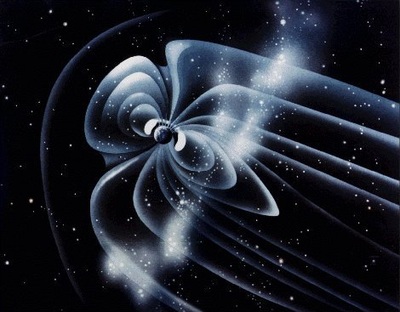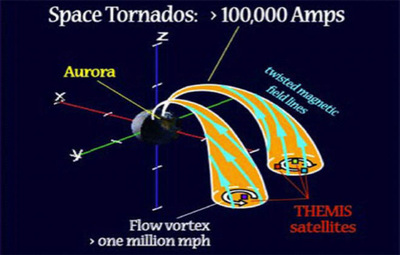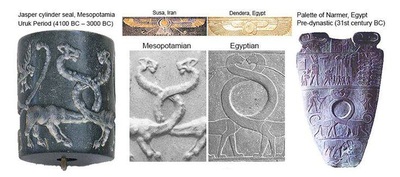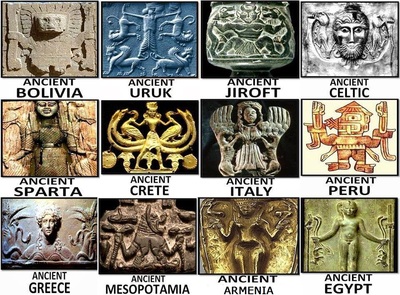Planets & Plasmaspheres
An abbreviated introduction to the frictive interplay of creative / destructive Forces
|
Planets are globes which each carry an electrical charge and it is this -- their electric field -- which keeps them apart. ...
Each planet is enclosed in a "coma" of plasma, where the electrical field of the planet gradually diminishes until a double layer of particles is reached at the extreme of the enclosing coma. At the double layer the electric field inverts to match the exterior electric field of the Sun. The double layer thus isolates (shields) a planet from being sensed by any other planet. (Electric fields do not extend beyond conductive surfaces.) Plasmaspheres extend ten to twenty diameters beyond a planet. |
"At a much greater separation, if the plasmaspheres of two planets touch, they will reform to become a single enclosing plasmasphere. The planets will then sense each others' electric charge, and repulsive forces will result (since both will be negative). This will be followed immediately by the induction of opposite voltages in one of the planets, resulting in a sudden increased difference in voltage between the two, causing an attractive electrical force between them, but also resulting in an attempt at charge equalization because of the voltage difference -- electrical arcs or thunderbolts will pass between the two." (Cook, Chapter 3)
|
|
For more basics on planetary plasmasphere interactions, click here.
|
| the_electric_sun_news__catastrophism___podcast_01__-_from_youtube.mp3 |
|
"The Moon completes an electrical path from Venus. ...
"You do not need a coma. Invisible electrons and protons will do. The Earth's plasma tail, without a coma, extends some 40 million miles. And transmits (more like "leaks") electricity to the region where Mars is located." (Cook, talk 371) |
